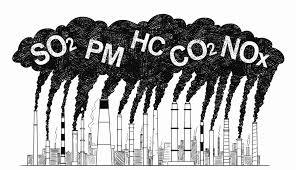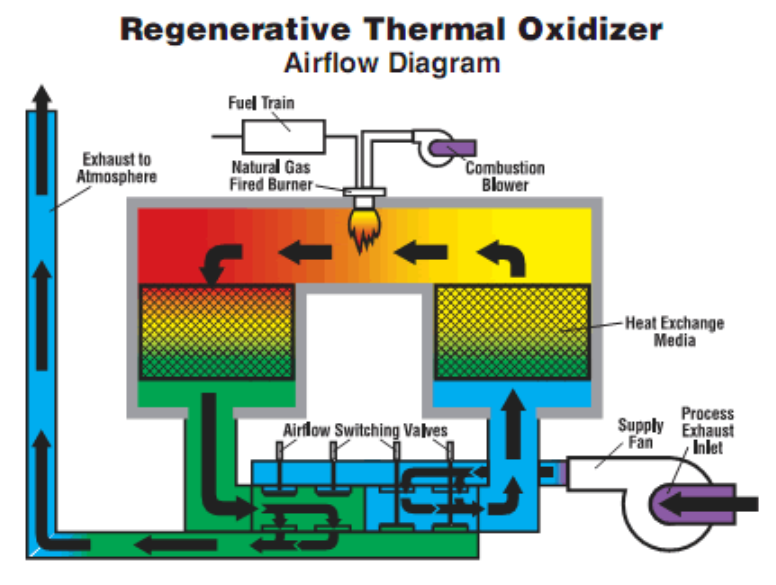The thirty-thousand-foot view of manufacturing is raw material in, alter in an appropriate fashion, finished product out, by-product out. Since the finished product keeps a business in business, it gets the most attention. What about by-products or waste streams? In the very early days of manufacturing, they were simply discharged to the environment. As we learned about the negative effects these compounds had on the surrounding flora and fauna (including humans), we began to treat waste streams to make them less harmful. In the USA, we created the Environmental Protection Agency (EPA) and created the framework of treating, monitoring, and reporting waste streams, be they solid, liquid, or gaseous.
The 1970 Clean Air Act (CAA) authorized the EPA to establish National Ambient Air Quality Standards (NAAQS) to protect public health and the environment. In 1990, the CAA was amended to address three major threats to the nation’s environment and citizens: acid rain, urban air pollution, and toxic air emissions. The amendments also established a national permit program. Now manufacturers are required to report their emission and perform periodic testing to prove they are in compliance with their stated emission amounts. According to the EPA, it can assess civil administrative penalties of up to $37,500 per day, per violation.
In order to prevent toxic air emissions, technologies have been developed to alter toxic compounds to non-toxic ones. Thermal oxidation is one such technology that is used for higher volume waste gas streams. As its name suggests, it uses heat and oxygen (from ambient air) to perform the toxic to non-toxic conversion. There are several different types of thermal oxidizers.
Regenerative Thermal oxidizers (RTO) have a ceramic bed that gets preheated by exhaust gas from the previous cycle. The hot ceramic preheats the incoming gas which then moves to a combustion chamber, heated by an external source to approximately 1,400°F. The fact that RTO’s are treating gases which are flammable makes them susceptible to fires if the feed stream is not properly treated or the RTO is not properly installed.
There was a case of a fire in an RTO that was treating the waste gas stream from multiple paint booths. Warren’s investigation revealed that improper installation had allowed paint to accumulate in the ductwork leading to the RTO. Part of the routine maintenance for this particular unit involved a ‘bake out’ in which the RTO is heated without any waste streams going through it. This is to purge the ceramic bed of any accumulated material. During the last bake out, the inlet duct work became sufficiently hot enough to ignite the paint on its surface. The damage from the fire affected all the paint booths as well as the RTO itself. Production was halted until all the damaged equipment was replaced.
Fires in RTO’s can also be due to mis-operation by the users, either the RTO itself or improper handling of the waste feed stream. If you have a failure with any of your waste processing equipment, contact us at WARREN.
Jennifer Morningstar, PE, CFEI, has 19 years of industrial experience. Her areas of emphasis include chemical release & exposure, OSHA process safety management, industrial accident investigation, fires & explosions, and scope of damage/cost to repair analyses. She spent 16 years working at a polyethylene terephthalate (PET) manufacturer. She is an OSHA-trained Process Hazard Analysis study leader and completed Root Cause Failure Analysis training to become an Incident Investigator. Jennifer authored procedures for lockout/tagout and confined space entry. She has experience as an energy management consultant in a variety of industries including mineral extraction, pulp & paper, animal harvesting & packaging (including rendering) and grain milling. Jennifer holds a Bachelor of Science Degree in Chemical Engineering from Virginia Polytechnic Institute and State University as well as a Masters of Business Administration from the University of South Carolina.






